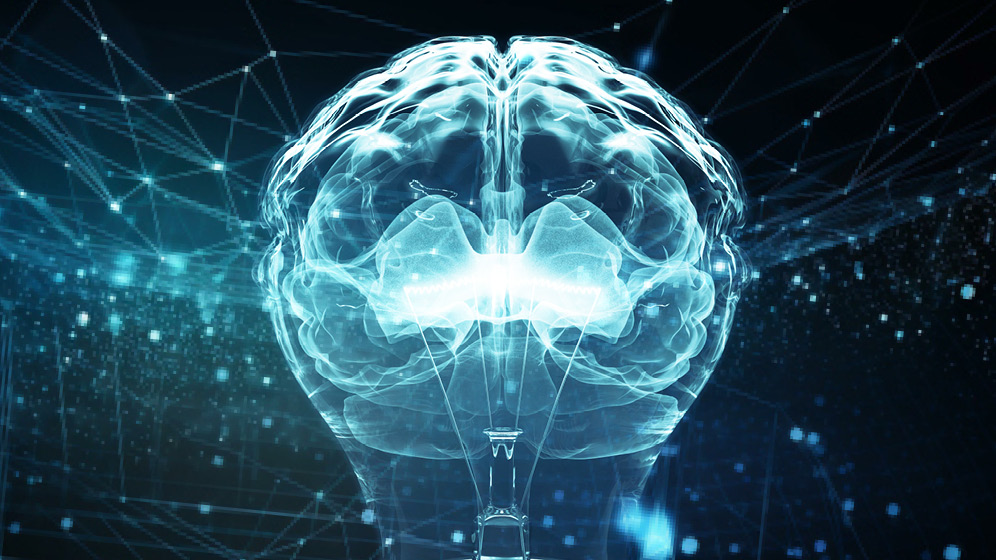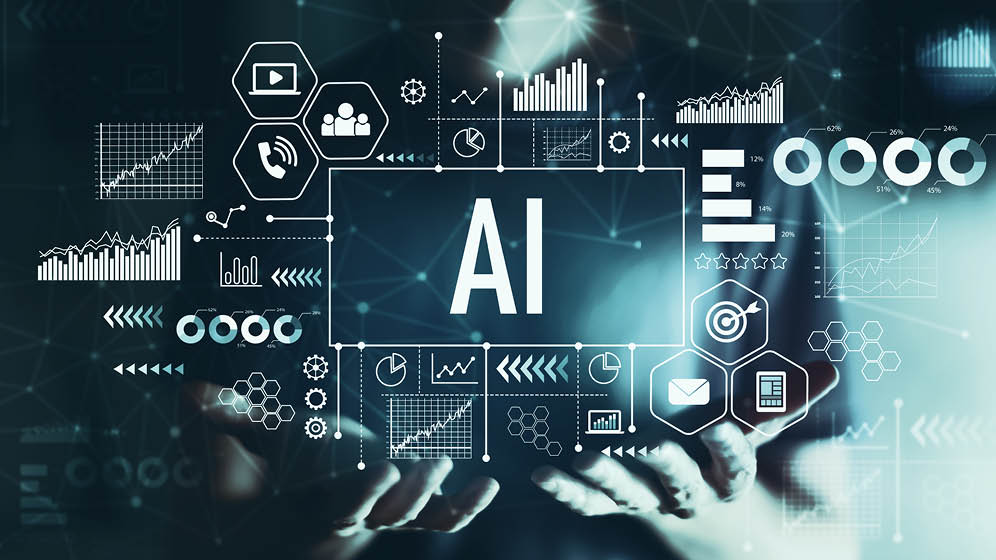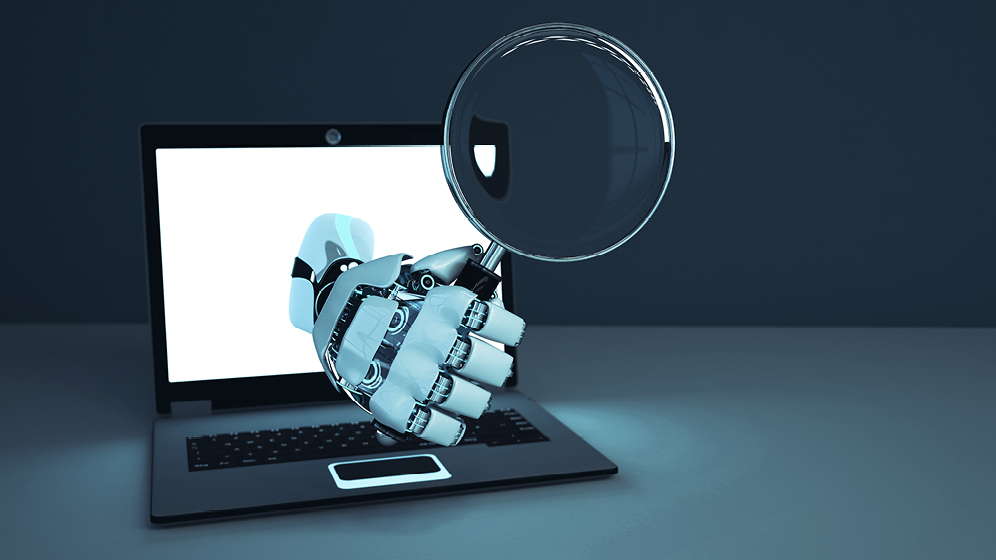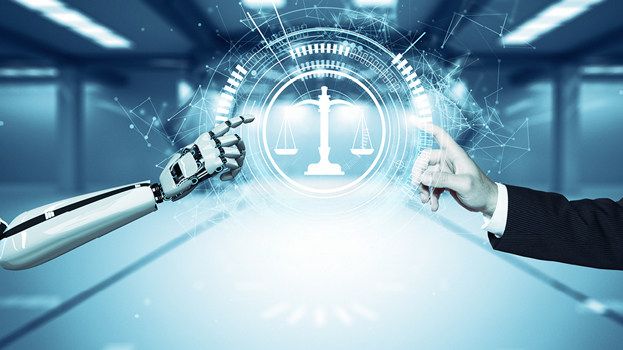
For more than two years, the European Union has been trying to regulate artificial intelligence (AI). With the approval of the "AI Act" in the European Parliament, this goal is within reach. Among other things, MEPs are calling for an expansion of the EU Commission's proposed list of bans, including biometric classification systems based on sensitive characteristics and preventive police systems. Once an agreement has been reached, talks with EU countries can be initiated.
For a EU AI Regulation it's high time, because: "AI is already omnipresent in our everyday life", says Carina Zehetmaier, President of Woman in AI Austria, in the framework of the Deep Dive Meet-ups of INDUSTRIEMAGAZINE. She sees huge potential in the application of AI and believes that significant added value will result.
However, it also points out possible Risks of abuse which should be contained through regulation. A recent case from China shows what can happen when AI falls into the wrong hands. A company there has filed a patent to use AI and facial recognition to specifically identify the Uighur minority. "We can only speculate what the goal was," says Zehetmaier.
She adds that problematic AI use is now more common, such as the example of Amazon, which used an AI for recruitment. Based on the available data, the system concluded that a disproportionate number of males in the company would be a positive. As a result, not a single woman was invited for an interview.
Therefore, Zehetmaier sees AI as a reflection of society: "AI is not objective or neutral. We tend to be more tolerant of machines than humans. AI ultimately reflects our beliefs and views."
Until 2026 the AI Act is due to come into force. The law has cleared the first major hurdle in the European Parliament in Brussels, and the details will now be discussed further in the trilogue. Zehetmaier highlights how the law will affect business: "The law doesn't just affect the companies that make AI systems, but every company that uses AI."
The EU aims to regulate the application and not the technology. A further goal is to promote global ethical standards as has already been done with the Basic Data Protection Regulation has been achieved. But even strict regulations of AI will not be able to completely prevent misuse.
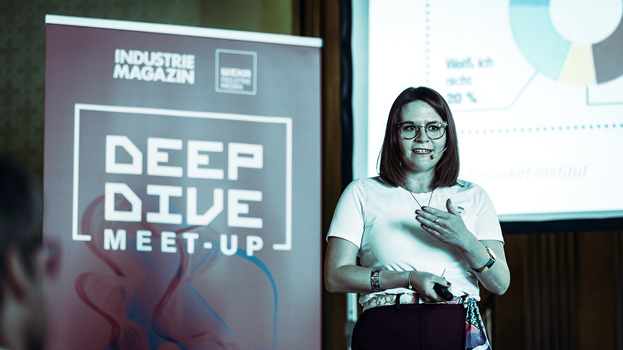
Which Key points now includes the new law on Regulation of AI? The proposed bill follows a risk-based model, where regulation depends on the risk posed by AI. It bans AI systems with unacceptable risks, such as those that could be used for social scoring. All AI applications are to be categorized according to their risk. Depending on their classification, provider:s must meet certain security and transparency standards.
MEPs also want AI systems that can influence elections or election results or pose a significant threat to human health, safety, fundamental rights or the environment to be added to the high-risk list. The Commission's draft includes specifically adapted rules for the judicious use of generative AI, such as ChatGPT.
In order to Promote innovation in AI, the parliamentarians propose exemptions for research activities and the use of so-called AI reallabs. Florian Tursky (ÖVP), State Secretary for Digitization, expressed his satisfaction with the result and emphasized the urgency of regulating AI quickly.
The AI Act is intended to Uniform Europe-wide standards which will significantly influence the future development of AI systems. Once the EU countries and the European Parliament have defined their positions, negotiations on the final legislative text can begin. The start of these talks is still undetermined.
Already in March 2018, an AI expert group and a European AI Alliance were established, according to a press release. A first meeting of these two groups took place in June 2019. However, a corresponding AI package from the Commission has been on the table since April 2021.

The newly introduced EU AI Regulation becomes Worldwide relevance as it extends to companies that provide or use AI systems within the EU. Even if providers:inside are based outside the EU, such as in the UK or the US, the law would apply if their services are used in the EU.
A critical point in the discussions was determining which AI applications should be banned due to their unacceptable risk. Initially, a ban on AI-based tools for monitoring interpersonal communications was considered, but this proposal was rejected. Instead, the use of biometric identification software was restricted.
This identification software, which was originally banned only for real-time applications, may now only be used for serious crimes and with prior court approval. In addition, the use of AI-assisted emotion recognition software has been banned in law enforcement, border management, the workplace, and educational settings.
The current bill does not yet contain any guidelines for requirements for developers:inside of generative AI such as GPAIS (General Purpose AI Systems) - a classification as high-risk is currently being discussed in politics. Violations of the law could result in fines of up to 30 million euros or six percent of global profits, whichever is greater.
Representatives of the AI Austria think tank express concerns about the European competitiveness and emphasize "that the AI law must also promote Europe's ability to innovate in the field of artificial intelligence."
According to a study co-initiated by AI Austria Study among European AI companies believe 50 percent of AI startupsthat the upcoming law will hinder AI innovation in Europe. Another 16 percent are considering stopping AI development or relocating it to countries outside the EU. These concerns also stem from the fact that Europe already lags significantly behind in terms of investment. Some 53 percent of global private investment in AI development is made in the U.S. and 23 percent in China, according to studies referenced by the think tank. Europe lags well behind with only six percent.

The VDMA supports the intention to strengthen the use of data in the single market. "However, we view the concrete implementation of the Data Act with concern, as we see many potential dangers in it for the data-driven business models of companies in the mechanical and plant engineering sector. The version passed by the EU Parliament shows minor improvements, but the concerns of the industrial sector are still not sufficiently taken into account," expresses Hartmut Rauen, Deputy Managing Director of VDMA.
Rauen criticizes that the Data Act does not sufficiently take into account the differences between business-to-consumer (B2C) and business-to-business (B2B) relationships. In B2B relationships, the companies involved could optimize the conditions for both sides.
"We need this flexibility in industry to represent and balance the diverse situations in our value chains. The Data Act limits this freedom and makes it more difficult to customize - both in individual contractual relationships and in industrial data initiatives such as Manufacturing-X," Rauen continues.
For the trilogue negotiations, VDMA demands that the Data Act absolutely takes into account the required contractual leeway for B2B data exchange and does not unnecessarily interfere with business relationships. In addition, the protection of trade and business secrets must continue to be effectively ensured. In addition to substantive issues, practical transition periods must also be ensured.
For many companies, the Data Act represents not only a bureaucratic challenge but requires a reassessment of business models and a revision of contracts and products. If implemented properly, the Data Act can lay the foundation for a leading European ecosystem of smart connected production. Mechanical engineering in particular could play a key role here. It would be regrettable if this opportunity were to be missed.
Also of interest

